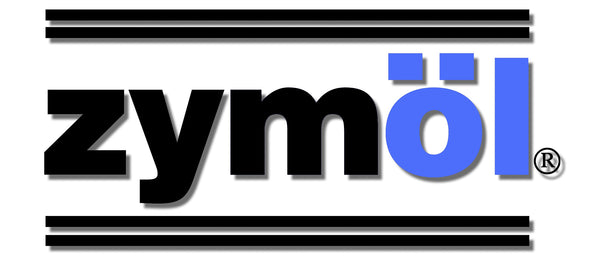Washing + Cleaning your Wheels
The Revolution in Wheel Cleaning
With our cars washed properly, we now turn to the second most loved, and the most feared, service program performed by the enthusiast...washing the wheels. Our love for our automobiles is only exceeded by the love and deep inner contempt we have for our wheels. The thought of crouching down to labor in exacting detail at each corner of our automobile after completing a car wash is more than any mortal can bear.
When, what and how you wash your wheels is only part of the job. Protecting your wheels completes this all important cleaning regimen. Keep in mind, brake dust can permanently damage the finish of your wheels.
To wash your wheels correctly you will need the following tools:
Before you can find a solution, you must understand the problem. Lets look at what makes your wheels so dirty. Brake pads are composed of asbestos, mono-filament carbon fibre, metal filings and adhesive. The adhesive used to mold brake pads is the problem, not the carbon fibre or asbestos. Brake pad adhesive will etch and pit if the dust is allowed to remain in contact with the heated wheel surface. Most wheels will average a running temperature of 190oF on warm summer days. A running wheel also sets up a small negative static charge that attracts brake dust and unfortunately the adhesive used to create the brake pad. The magnetic charge and heat is the perfect environment for collecting and holding this menace.
Wheel cleaner? When strolling the aisles of our favorite auto or department store we are attacked by an army or Madison Avenue-labeled wheel cleaners that either claim or promise to embrace your wheels in gentle care while removing unsightly brake dust and staining. But to our surprise, the label also contains a caution or warning about exposure to the contents. Would you wash your car's paint with these products? Probably not, but aren't your wheels 'Painted Alloys'? Until 1991 most car manufacturers were using Acrylic Enamels with urethane hardeners to coat and protect your alloy wheels. Replaced today by simple acrylics that have much softer surfaces and are susceptible to more damage.
Always purchase non-phosphoric, neutral PH(7-8) wheel wash designed to break the cohesive bond between brake pad dust and chrome, painted, coated alloy, aluminum or steel wheels. To be safe, stay with known accepted brands of wheel cleaner that provide full instructions and do not carry exposure cautions.
Choose a wheel cleaner concentrate that can be used at the strength you need for your particular wheel condition and cleaning regimen. Apply the wheel cleaner to dry or damp wheels and brush the wheel with a very soft, heavily populated brush before rinsing thoroughly off the wheel cleaner with cool water.
Here are basic wheel wash directions:
Note: Do not wash or rinse any wheel directly after vehicle operation. Do not use brushes with metal handles or inserts. These brushes will scratch your wheels.
6. Apply a non abrasive quality Wheel Coat or Wax to your wheels.
